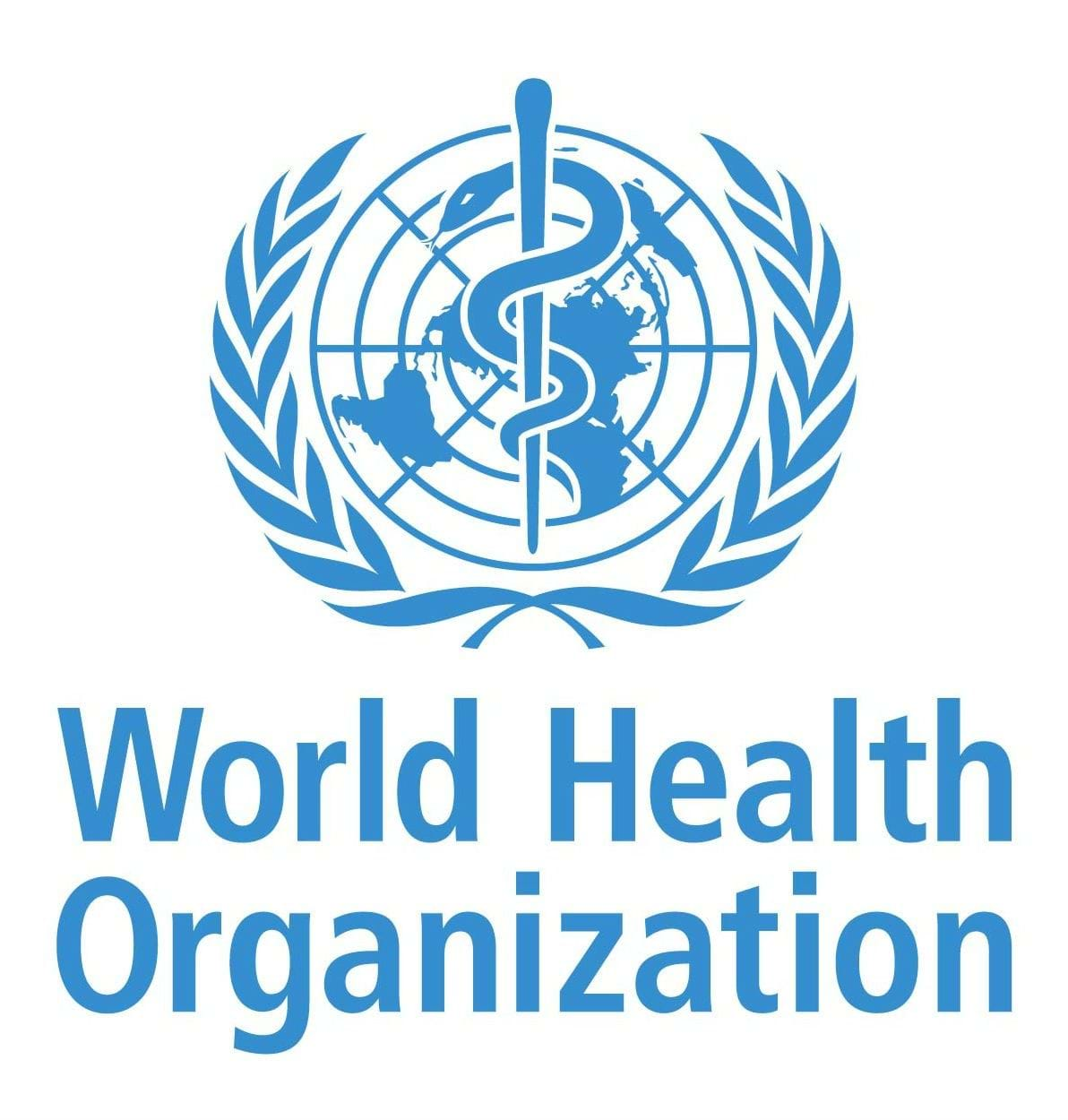Introduction

PMNCH is the world’s largest alliance for women’s, children’s and adolescents’ health and well-being.
Our vision is a world in which every woman, child and adolescent is able to realize their right to health and well-being, leaving no one behind. Our mission is to mobilize, align and amplify the voices of partners to advocate for women’s, children’s and adolescents’ health and well-being, particularly the most vulnerable.
With advocacy as our core function – supported by knowledge synthesis, partner engagement, campaigns and outreach – we mobilize and resource our partners to seek changes in policy, financing and services for women, children and adolescents, and we hold each other accountable for delivering on our promises.
PMNCH membership reached 1250 in 2021, an annual increase of 17%. Of the 183 new member organizations, 126 come from low- and middle-income countries, including 77 from the African Region. This rapid growth demonstrates wider recognition of the urgent need for collective action to improve access to essential health services, uphold rights and address the inequities embedded in all areas of our societies and economies.
This report summarizes PMNCH’s key achievements and outputs in 2021, the first year of our current five-year strategy (Figure 1).


.png?sfvrsn=6d0e27cd_1)



